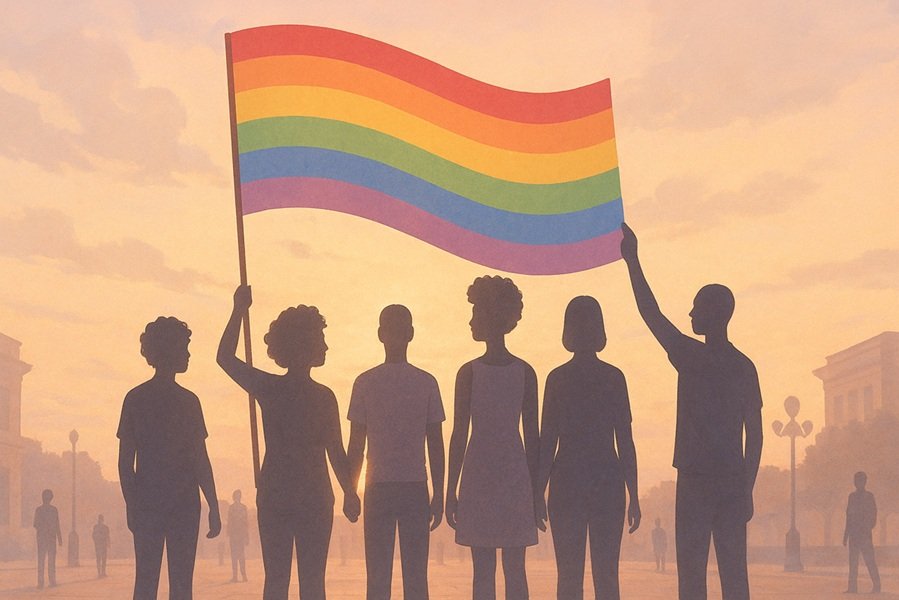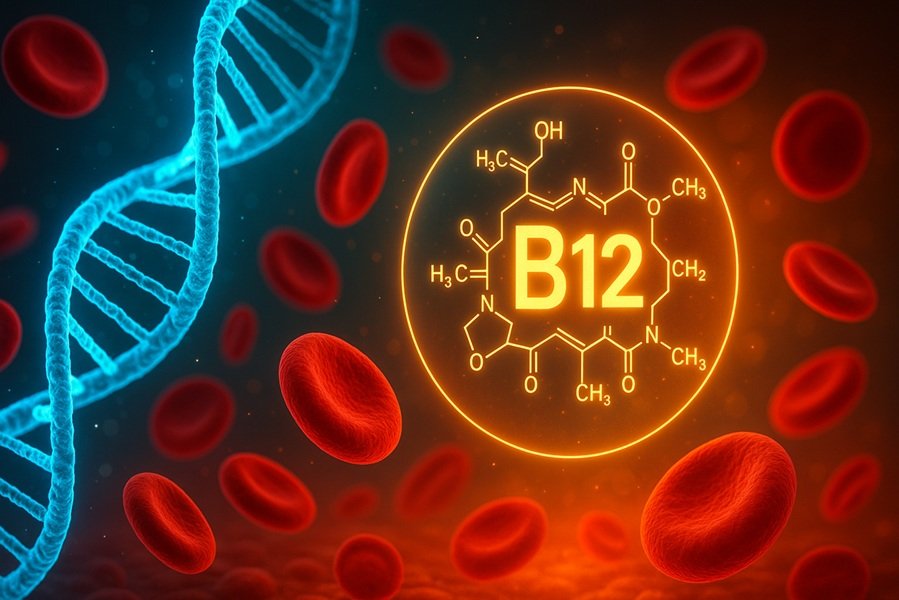
Introduction
The term LGBTQ+ represents Lesbian, Gay, Bisexual, Transgender, Queer/Questioning, with the plus (+) indicating that the spectrum of sexual orientations and gender identities is broad and diverse. The LGBTQ+ community includes individuals whose identities do not fit within traditional social norms of gender and sexuality. Over time, both terminology and awareness have evolved, reflecting a deeper understanding of human diversity.
This article explores the meaning of LGBTQ+, its history, cultural context, struggles, rights movements, and the ongoing journey toward equality, respect, and acceptance.
What Does LGBTQ+ Mean?
| Term | Meaning |
|---|---|
| Lesbian | Women who are romantically or sexually attracted to women. |
| Gay | Individuals, especially men, who are attracted to the same gender. |
| Bisexual | Individuals attracted to more than one gender. |
| Transgender | People whose gender identity differs from the sex they were assigned at birth. |
| Queer/Questioning | Queer is an umbrella term for non-heterosexual/lightly gender normative identities; Questioning refers to those exploring their identity. |
| + (Plus) | Represents identities beyond these categories, including asexual, pansexual, non-binary, intersex, genderfluid, and more. |
The diversity within the LGBTQ+ community shows that human identity is not binary but exists on a spectrum.
A Historical Perspective
Ancient Cultures and Acceptance
Contrary to common belief, non-heteronormative identities have existed since ancient times:
- In India, texts like Kamasutra and sculptures in Khajuraho show acknowledgment of diverse sexualities.
- Greek and Roman societies recognized same-gender relationships.
- Many Indigenous cultures, such as Native American tribes, recognized Two-Spirit identities.
Colonial Era and Criminalization
During European colonization, rigid Victorian moral codes were imposed globally. Laws such as Section 377 in India criminalized same-sex relationships. Social stigmas grew stronger due to political and religious conditioning.
The Modern LGBTQ+ Rights Movement
The contemporary movement began with the Stonewall Riots of 1969 in New York, where LGBTQ+ individuals protested against police harassment. This event marked the beginning of organized activism.
Since then, Pride parades and equality campaigns have continued worldwide.
Gender Identity vs Sexual Orientation
It is important to understand that:
- Sexual Orientation refers to whom a person is attracted to.
- Gender Identity refers to who a person understands themselves to be.
These two are independent aspects of identity.
Challenges Faced by the LGBTQ+ Community
Despite global progress, many LGBTQ+ individuals still face challenges:
Social Stigma and Misunderstanding
Cultural misconceptions often lead to judgment or isolation.
Discrimination in Education and Workplace
Bullying, exclusion, and unequal treatment hinder opportunities.
Mental Health Challenges
Due to rejection or suppression, many experience anxiety, stress, or depression.
Legal and Civil Rights Barriers
Not all nations recognize same-sex marriage, adoption rights, or gender identity protections.
Progress and Milestones in the Fight for Equality
Examples of global advancements include:
- India (2018): Supreme Court decriminalized homosexuality by striking down Section 377.
- USA: Same-sex marriage legalized nationwide in 2015.
- Nepal: Recognizes “third gender” on official documents.
- Argentina: One of the first to legalize gender identity change without surgery.
While progress is uneven, the global movement has grown stronger and more visible.
The Role of Education and Awareness
Promoting understanding through:
- Inclusive school curriculum
- Open conversations in families
- Workplace diversity policies
- Media representation that avoids stereotypes
helps create environments where everyone can belong without fear or shame.
Representation in Media and Popular Culture
Recent decades have seen more authentic LGBTQ+ characters in films, literature, and music. Representation helps normalize identity and inspires people who may feel unseen.
However, care must be taken to avoid sensationalism or caricature. Respectful representation encourages empathy and understanding.
How to Support LGBTQ+ Inclusion
- Use correct pronouns and names when addressing individuals.
- Avoid assumptions about gender or sexuality.
- Speak up against discrimination.
- Encourage safe spaces in schools, workplaces, and communities.
- Learn and listen, rather than judge or label.
Inclusion is not just legal — it is deeply human.
Conclusion
The LGBTQ+ community represents a rich diversity of identities, experiences, and self-expressions. Understanding, acceptance, and equality are essential to building a society where every person is valued for who they are. The journey continues, but progress grows stronger as awareness spreads.
Respecting LGBTQ+ identities is not about changing culture — it is about recognizing humanity in its many forms.





